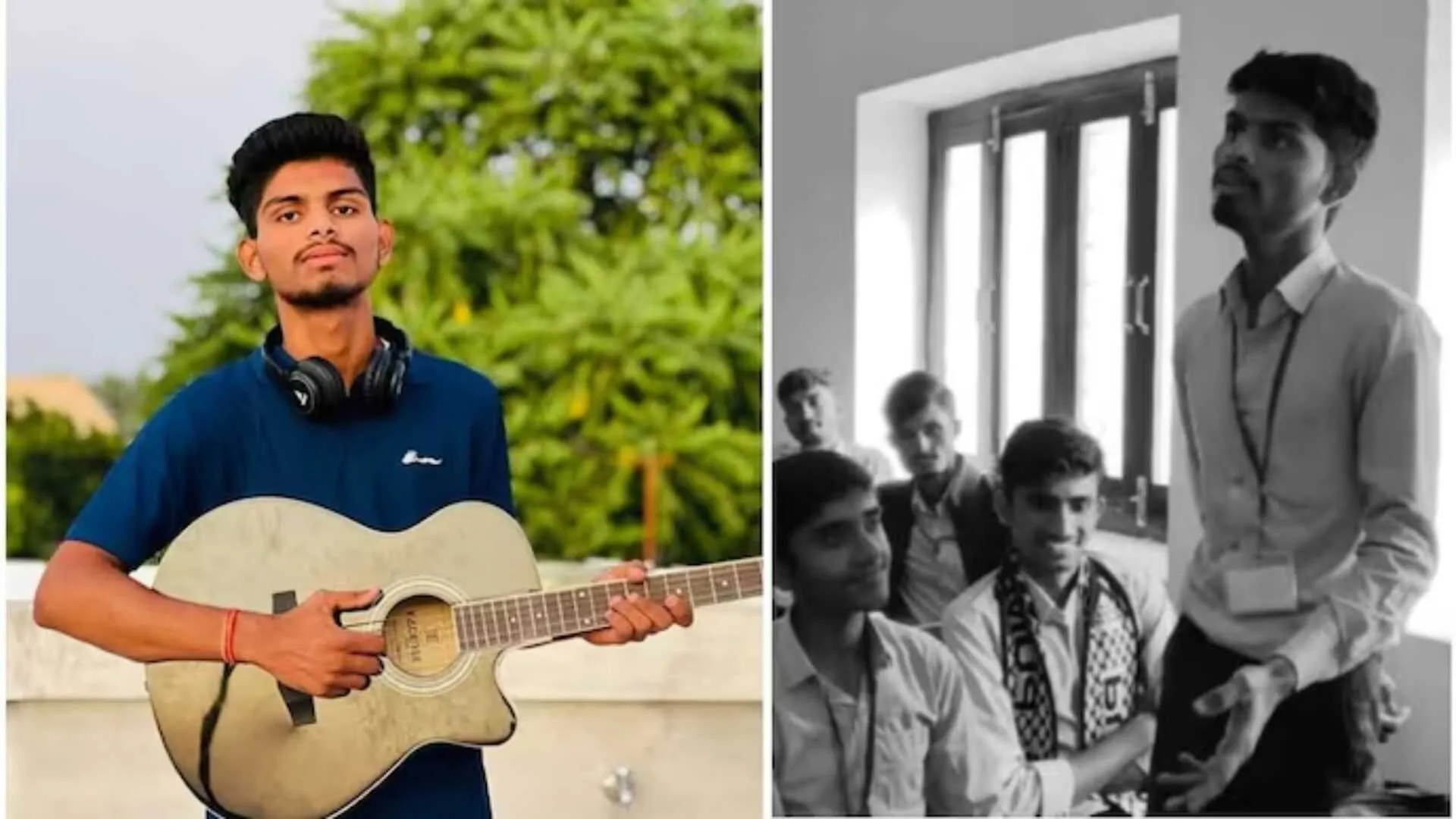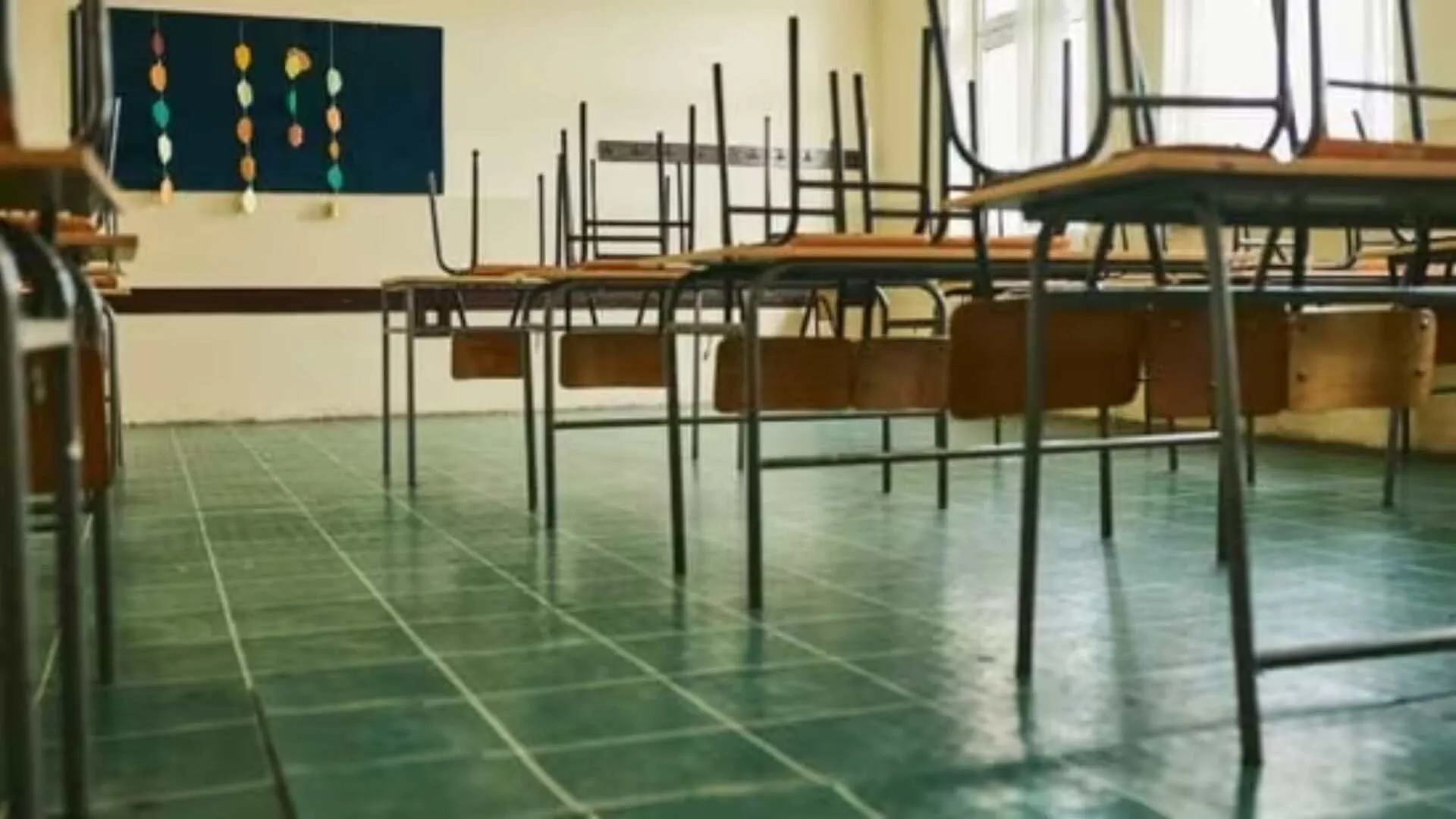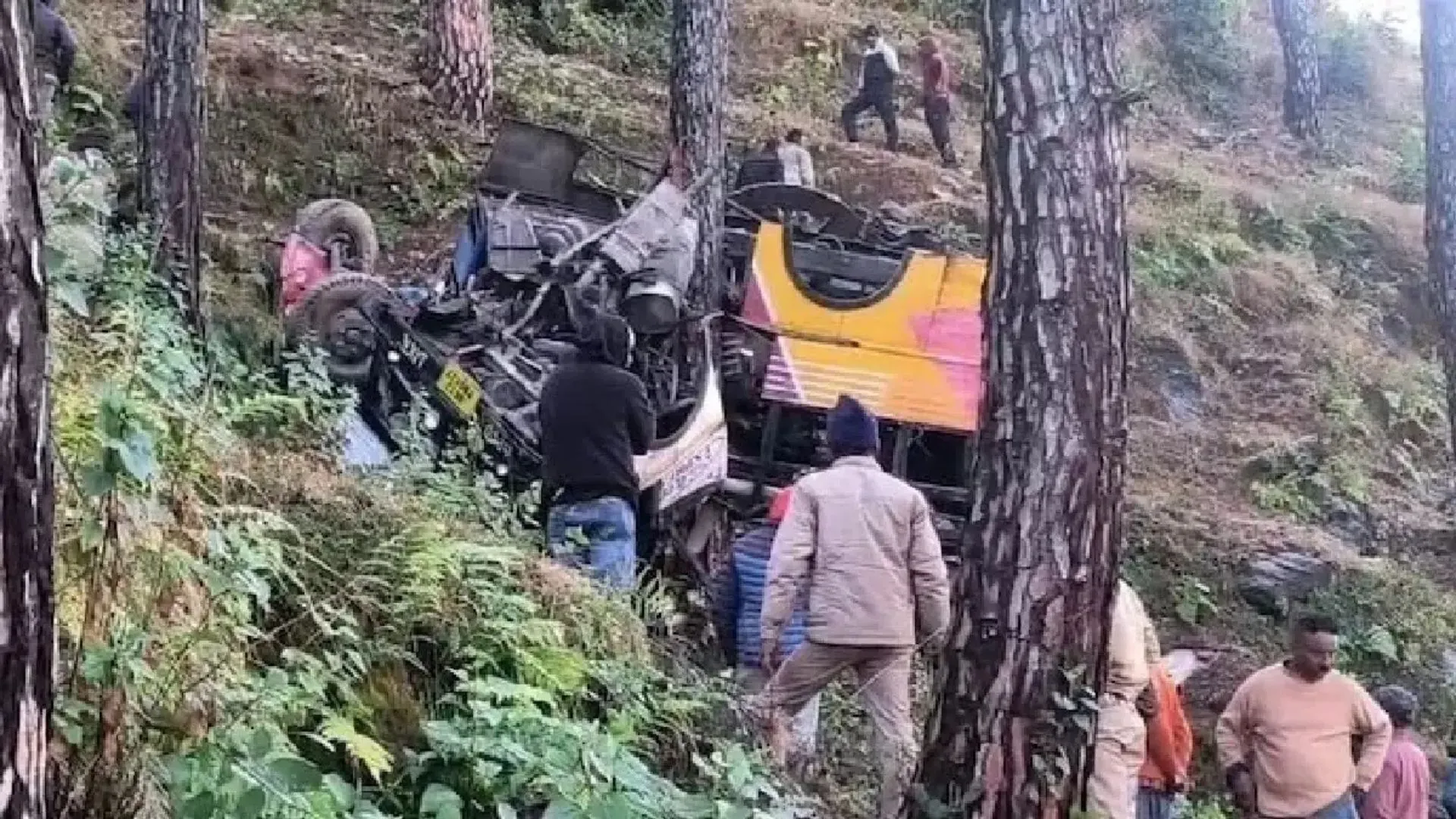Many language experts around the world are discussing the endangered languages of India. These languages have a smaller number of speakers, and some people within the tribe have neglected their own mother tongue due to socio-cultural, political, educational, and economic reasons. However, UNESCO has taken the lead in saving these tribal languages. NEP 2020 has urged the Government of India and the state governments to provide at least primary education in mother tongue and tribal languages.
Lepcha is a Himalayan tribe and is said to be the autochthones of Sikkim and Darjeeling hills. They were once the ruling race and had equal power and status as many contemporary outside rulers. Information on the ruling of the Lepcha dynasty is scarce, but there is much evidence to prove that their region extended from the Himalayas down to Titaliya (in Bangladesh) in the vast plains of India, to the east that extended to the Gipmochi Mountains (in Chinese Tibet), and to the west that extended as far as the Aroon River (in Nepal). The ancient land of the Lepcha was called “Mayel Lyang”, meaning the land of Hidden paradise or abode.
In modern India, Lepcha is spread across multiple states and districts, such as Sikkim, Kalimpong, and Darjeeling. Some speakers also live in Bhutan and Nepal. According to Dr Heleen Plaisier, Lepcha speakers are estimated to be approximately 30,000. Lepcha is an ancient language that has its own script and is classified as a definitely endangered language. It is said to be one of the most comprehensive languages. This language had existed long before the advent of Tibetans in this area in the 13th century AD. It is unfortunate that this language now falls under the “definitely endangered” category on the list of 197 endangered languages in India out of 2,500 languages in India, according to the UNESCO report of 2020.
During the pandemic, Ms Jyotsna Sitling, a senior Indian Forest Service officer who is a Lepcha and is posted as PCCF in Uttarakhand, introduced me to Mr Gideon Taso Lepcha, who was working on reviving and digitizing the Lepcha language. Later, we started meeting online, and I was attracted to his enthusiasm, devotion, and dedication. Gideon Taso Lepcha was working in an IT company from his native place “Bong Busty,” a village close to the hill town of Kalimpong.
Gideon initiated “Mayel Crafts,” a social initiative to promote sustainable bamboo products in Lepcha villages around Kalimpong, thereby supporting the rural population’s livelihood with the aim of preventing migration. Basically, as shared by Gideon, “while visiting and working with the Lepcha villages and interacting with the local people, I stumbled upon a realization. In all of this, what struck me was that whenever I went to the village, they conversed in ‘Rongring’-Lepcha Language. It felt like I was somewhere not able to accept that I am losing my identity because when you are a Lepcha and don’t know your language, it really pricks you.”
Gideon always believes that this experience and interest in the Lepcha language, which is an endangered language, has triggered his interest and urge to reunite with his mother tongue, Rongring. He started “Rongring,” a Lepcha Language Online Global course in 2020 and also formed a team of experts to develop an LMS (Learning Management System) to learn the language online. While conducting primary and secondary research, Gideon stumbled upon the realization that 95% of the learners drop out during the word formation process because they find it extremely complex and intimidating. There were other challenges, such as decentralized and limited assets on Lepcha language, 90% of Lepcha language speakers in villages who didn’t know how to read and write – oral transmission, lack of language experts, and lack of simplified frameworks or approaches to learning the language. Hence, to make the language accessible and simplified, Gideon designed and developed a framework called “Wangboo” that can enable any learner to learn the language within 10 hours. Rongring found its space of operation as an e-learning platform that successfully taught the Lepcha language to students across 13 countries (Japan, Italy, Canada, North America, Maldives, Czech Republic, Switzerland, Holland, Bhutan, New Zealand, Nepal, India & UK) within a year of its formation.
Scholars like Dr Jenny Bentley (Associated Researcher ISEK Ethnologie, University of Zurich) have endorsed the Ronging-Lepcha Language Online Global course to refresh their knowledge of Lepcha after not using the language for many years. Dr. J.S. Simick, a retired surgeon, appreciated the “Rongring” course, stating, “As someone born into a Lepcha family, I had made previous attempts to learn the Lepcha language through whatever resources were available. It was all very confusing and even intimidating. When I joined the first batch of the ‘Rongring’ course, I found that it was not at all difficult.” Dr Takenori Murakami, a researcher at Kyoto University, Japan, confirmed that “Rongring” is a wonderful platform for learning the least studied but often heard language in my country. Studying this small minority language gives me great inspiration for research and a refreshed worldview”.
Looking at the opportunity and scale with which Rongring was moving forward, Gideon felt the need to form a dedicated institution to promote the cause of Lepcha language, culture, and heritage, and struck to a group of educated Lepcha people. This led to the birth of Rongring Lepcha Culture and Welfare Society (RLCWS) in 2021 as a society registered under the Society’s Registration Act 1860 after pursuing this cause diligently for the last 1.5 years. The objective of RLCWS is to preserve and propagate the ancient language, tradition, and culture of the Lepcha community as well as to help with the development of its deprived sections in this community.
With all the valuable insights and findings for almost 3.5 years, Gideon launched his first book in December 2022 in association with RLCWS, “Learning Lepcha in the 21st Century.” The foreword for this book is written by Dr. Heleen Plaisier (Assistant Herbarium Curator at Royal Botanic Garden Edinburgh, linguist & author of “A Grammar of Lepcha”), and the introduction has been written by Dr Jenny Bentley (Associated researcher ISEK Ethnologie, University of Zurich). This book provides a simplified, interactive, and logical approach to learning this endangered language. This publication leverages the QR code function, which provides readers access to correct pronunciation of vowels, consonants, conjunct letters, etc. It introduces the “Wangboo framework” that enables the reader to read and write words in Lepcha and English. It also encapsulates the introduction to Lepcha grammar & conversational framework that enables readers to form sentences. This book is also available on the Amazon India website and is currently integrated as a part of the Lepcha subject syllabus in a few ICSE schools in Kalimpong.
It’s wonderful to see how the passion and dedication of Gideon Taso Lepcha and the RLCWS society members have led to the revitalization of the Lepcha language and culture. Their efforts have made it possible for people all over the world to learn about the language, culture, and traditions of the Lepcha community. The involvement of Jyotsna Sitling and other society members as patrons has been a significant contribution towards this process.
With the initiatives of RLCWS, people can access the Lepcha language, culture, and traditions without any geographical constraints or scheduling issues. This success story is an inspiring example of people’s participation in preserving and promoting their own mother tongue and heritage.
The author is Vice-Chancellor, Central Tribal University of Andhra Pradesh.

















